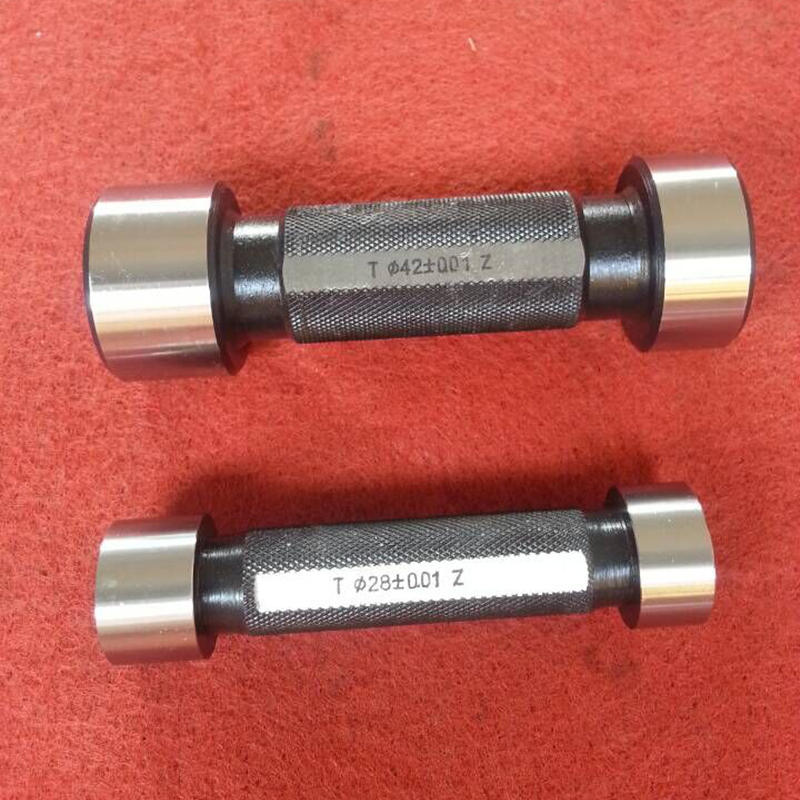ruj . 28, 2024 05:27 Back to list
250mm Butterfly Valve Specifications and Applications for Industrial Use
Understanding the 250mm Butterfly Valve A Comprehensive Overview
Butterfly valves are a key component in various fluid control applications, widely used in industries ranging from water treatment to oil and gas. Among the different sizes available, the 250mm butterfly valve stands out due to its versatility and effectiveness in controlling flow. This article will explore the features, advantages, applications, and maintenance of 250mm butterfly valves.
What is a Butterfly Valve?
A butterfly valve is a quarter-turn valve that consists of a disc mounted on a rotating shaft. When the valve is opened, the disc is turned parallel to the flow direction, allowing fluid to pass through. When closed, the disc is perpendicular to the flow, effectively blocking it. Due to their simple design and quick operation, butterfly valves are often favored for efficient flow control.
Features of the 250mm Butterfly Valve
The 250mm size, which refers to the nominal diameter of the valve, typically corresponds to a wide range of applications. Key features of a 250mm butterfly valve include
1. Compact Design Butterfly valves have a smaller footprint compared to other valve types. This compactness makes them ideal for applications with limited space.
2. Lightweight Construction They are usually made from materials like cast iron, stainless steel, or plastic, which contributes to their lightweight nature.
3. Quick Operation The quarter-turn operation allows for rapid opening and closing, facilitating efficient flow regulation.
4. Low Pressure Drop Butterfly valves generally exhibit a low pressure drop in the pipeline, meaning they are energy-efficient and minimize operational costs.
5. Versatile Applications These valves can handle various fluids, including water, gas, and slurries, making them versatile for many sectors.
Advantages of Using 250mm Butterfly Valves
1. Cost-Effective Compared to other valve types, butterfly valves are often more economical due to their straightforward design and efficient manufacturing process.
2. Durability With proper materials and coatings, the 250mm butterfly valve can withstand harsh environmental conditions and corrosive fluids.
3. Ease of Maintenance These valves require less maintenance than other types. Their simple construction allows for easy inspection and repair if necessary.
4. Space Efficiency The design of a butterfly valve saves valuable space, allowing for easier integration into existing piping systems.
butterfly valve 250mm

Applications of 250mm Butterfly Valves
250mm butterfly valves find widespread use in multiple industries
- Water Treatment They are integral in managing water flow in treatment plants, helping control the distribution of clean water.
- HVAC Systems In heating, ventilation, and air conditioning systems, these valves regulate airflow efficiently.
- Oil and Gas The durability and pressure tolerance of butterfly valves make them suitable for controlling the flow of crude oil, natural gas, and other fuels.
- Food and Beverage In processes involving liquid food products, butterfly valves are used for their sanitary construction and ease of cleaning.
- Power Plants They help manage cooling water and steam flows in various power generation systems.
Maintenance Considerations
While butterfly valves are low-maintenance, routine checks are essential to ensure optimal performance
1. Inspection Regularly inspect the valve for any signs of wear or damage, especially in the disc and seating area.
2. Lubrication If applicable, lubricate moving parts to prevent wear and ensure smooth operation.
3. Sealing Check the seals for any leaks or damage to maintain proper functionality and prevent fluid loss.
4. Operational Test Periodically perform operational tests to ensure proper opening and closing of the valve.
Conclusion
The 250mm butterfly valve represents an excellent choice for fluid control in various industries. Its compact design, cost-effectiveness, and ease of maintenance make it a popular preference among engineers and facility managers. Understanding its features, advantages, applications, and maintenance needs ensures optimal performance and longevity, making it an essential component in modern industrial systems.
-
Welding Table Cast Iron Surface Finish GuideNewsJul.01,2025
-
Valve Types for Industrial ApplicationsNewsJul.01,2025
-
Types of Strainer for Industrial ApplicationsNewsJul.01,2025
-
Types of Bore Gauge for Precision MachiningNewsJul.01,2025
-
Safety Standards in Welding Fabrication Table Manufacturing ProcessesNewsJun.30,2025
-
Impact of Temperature Fluctuations on Ring Gauge AccuracyNewsJun.30,2025
Related PRODUCTS









